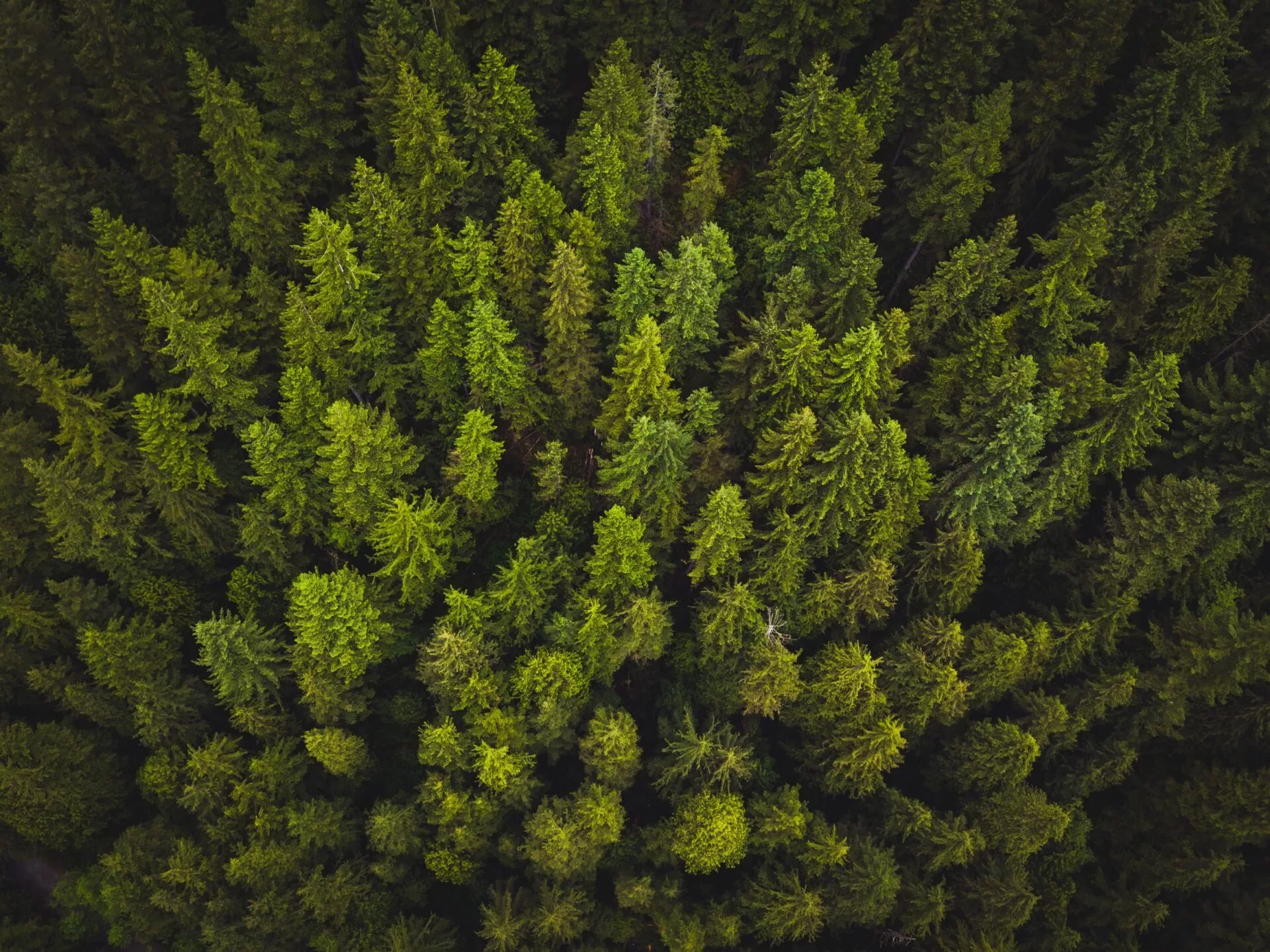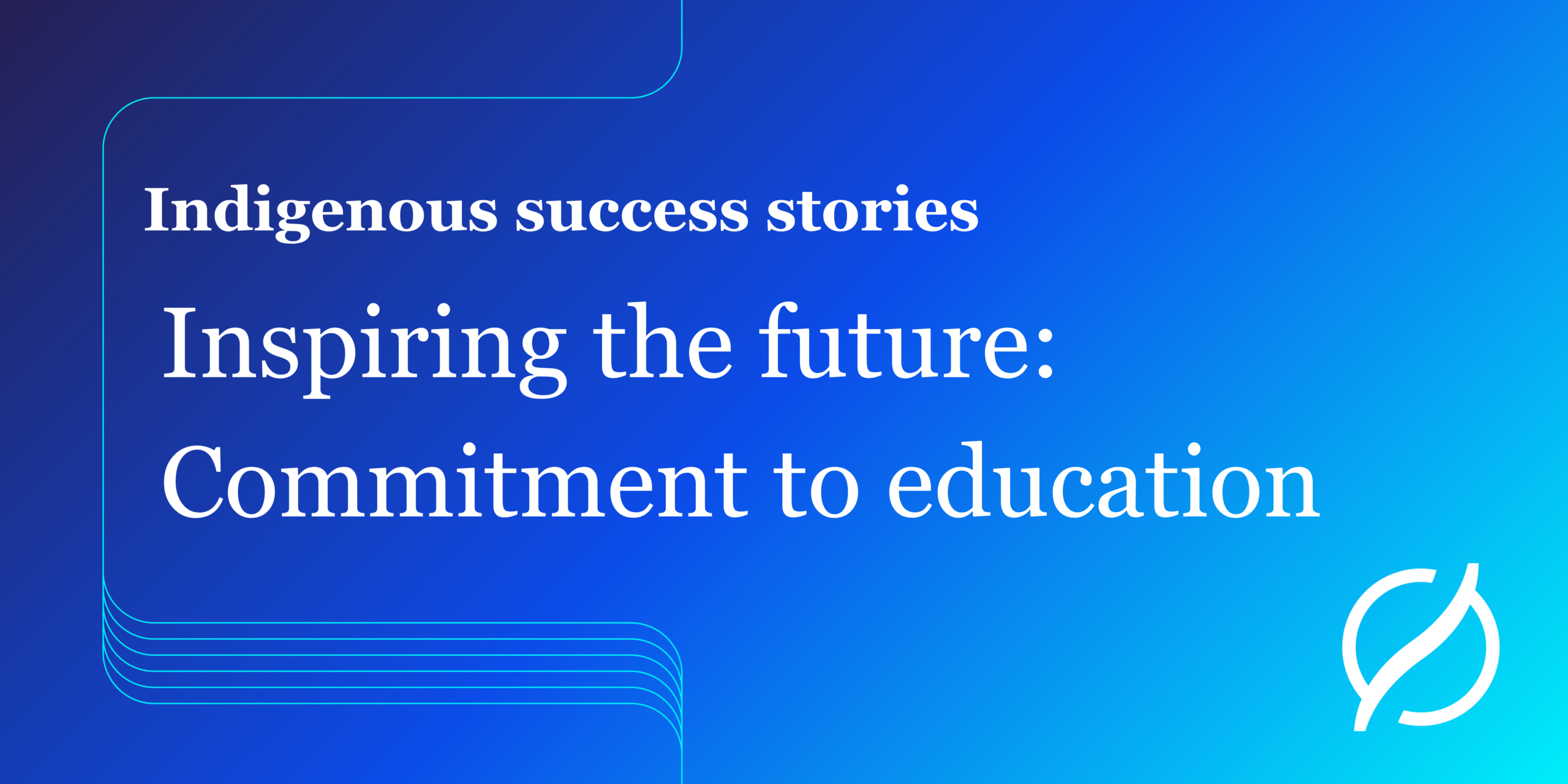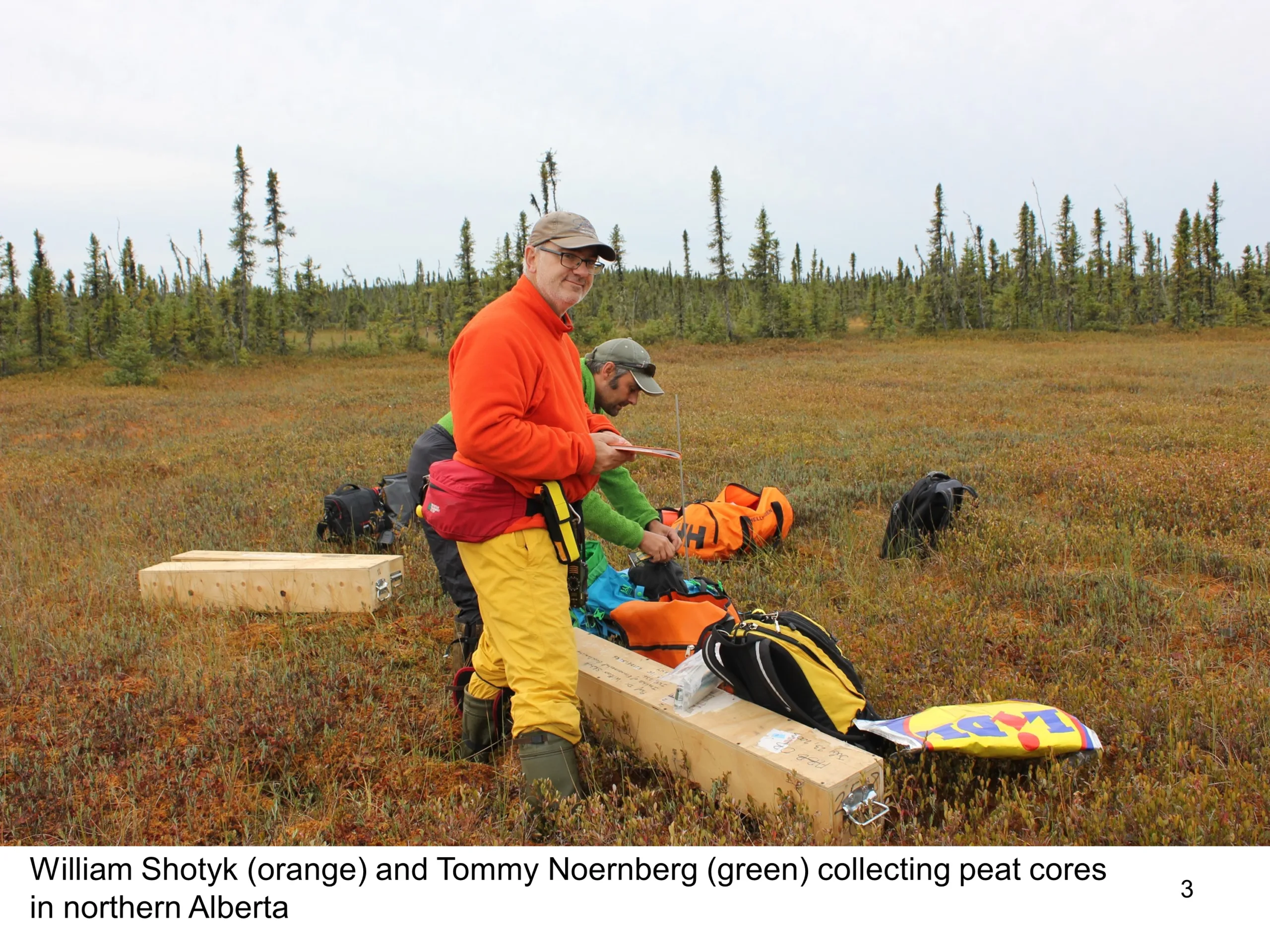Canada’s Boreal Forest: Six fast facts to know

Efforts by Canada’s oil sands industry to lessen its environmental footprint have resulted in globally significant work to reduce impacts to air, water and land and support biodiversity in Alberta’s boreal forest.
The industry aspires to be world leaders in environmental management.
What’s at stake and what do these efforts look like on the ground? Find out more about Canada’s Boreal forest.
Boreal forest 101: Six facts
Canada’s boreal forest Is the world’s largest intact forest ecosystem. It stretches 5,000 kilometres from the Pacific to the Atlantic Ocean, covering almost one third of the country. In fact, it’s even bigger than the Amazon rain forest. Many Canadians live and work in the boreal forest, including 70% of Indigenous people for whom the forest has a special cultural and economic significance.

- Canada’s boreal forest is much more than trees. While it does contain diverse tree species such as birch, fir, larch, pine, poplar and spruce, interspersed among them are thousands of lakes, rivers and wetlands. This unique landscape teems with wildlife, providing food, habitat, nesting and spawning sites for a wide range of mammals, birds, amphibians, fish and insects. Half of all bird species in Canada call the wetlands home – 150 species in total. That’s why all Pathways Alliance members have active and ongoing wildlife monitoring programs to preserve this natural ecosystem and ensure healthy, sustainable wildlife populations.
- Canada’s boreal forest contains 25% of the world’s wetlands. Wetlands around the world play a critical role in capturing and storing huge quantities of greenhouse gases that would otherwise be released into the atmosphere. Canadian wetlands (inside and outside of the boreal forest) store 147 billion tonnes of carbon – more than 900 times the annual carbon dioxide emissions from all industrial activity in Canada, according to the Saskatchewan Research Council. It’s one reason why our members work hard to preserve and protect wetlands and the surrounding boreal forest.
- Not only do Canadian wetlands hold some of the largest natural banks of carbon on Earth, they also purify water by filtering out contaminants and reduce the impacts of drought or flood by storing and absorbing water. Understanding the science behind natural cycles like these is one reason why Pathways Alliance has dozens of different projects underway to investigate innovative ways to conserve and protect the boreal forest in the oil sands region.
- The boreal forest is old, but it’s not a pristine ancient wilderness. Like other forests, it is continually renewed through natural disturbances, such as forest fires, insect infestation and trees uprooted by wind. These disturbances remove old trees and allow new ones to grow. Pathways Alliance members are required by law to return all disturbed sites to a self-sustaining boreal forest. They work to integrate reclaimed oil sands sites into the surrounding landscape. Over the years, they have become world leaders in developing innovative reclamation techniques.
- Contrary to a widespread myth, oil sands mining has impacted less than one per cent of the boreal forest. Since 1967, only 0.03% of Canada’s boreal forest has been disturbed by oil sands operations, according to Natural Resources Canada.
- Progressive reclamation is an ongoing process which stretches throughout the decades-long life of a mine. It is the process of planning and returning lands impacted by surface mining to a self-sustaining habitat with local vegetation and wildlife and it takes place continuously in stages. Plans to restore a mine site begin even before the mine is built. They are approved by the Alberta government, which closely monitors their implementation. At the end of the mine’s life, operators must apply to the government for a reclamation certificate.
Learn more about the efforts of Pathways Alliance members to advance responsible development of the oil sands industry.


